Books about the Death Railway in Thailand
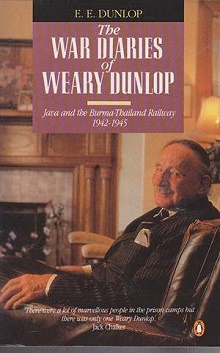 | The War Diaries of Weary Dunlop by Dunlop Edward An account of Sir Edward Dunlop's experiences as a medical officer in the prisoner of war camps in Java and on the Burma-Thailand Railway. https://amzn.to/3WgCBvK |
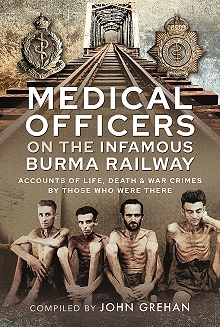 | Medical Officers on the Infamous Burma Railway by John Grehan In 1944, a compilation of medical reports from the main prisoner of war work camps along the infamous Thailand-Burma railway was submitted to General Arimura Tsunemichi, commander of the Japanese Prisoner of War Administration. The authors stated that the reports were neither complaints nor protests, but merely statements of fact. The prisoners received only one reply – that all copies of the documents must be destroyed. As one officer later recalled, ‘Of course, this was not done’ and copies of these reports survived, stored away in dusty files, for future generations to learn the truth. https://amzn.to/3sGwnr8 |
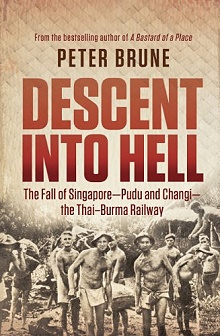 | Descent into Hell by Peter Brune Impressive, compelling, and rich in human spirit,this is a scrupulously researched and groundbreaking account of one of the most traumatic calamities in Australian history—the Malayan Campaign, the fall of Singapore, and the subsequent horrors of the Thai-Burma Railway. Unpicking the myths and legends of the war, Peter Brune goes to the heart of the Australian experience. He describes the shambolic planning by the British in Singapore and the failures and incompetence of some of the Australian command. He debunks the claims about Australian deserters in Singapore, and we learn of the black market in Changi and the beatings, torture, and murder on the Thai-Burma Railway. Here too are stories of the war's many heroes and villains: of officers who looked after their men and optimized their chances of survival, and others who looked after themselves at their men's expense; the heroes of battle who became ineffectual and lost in the camps and on the Railway; and the least liked and least respected battlefield officers who came to be great leaders. And then there are countless acts of kindness and decency performed by one POW for another in the most cruel of circumstances. https://amzn.to/3gR3cPE |
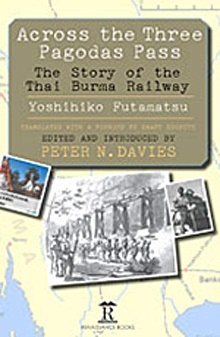 | Across the Three Pagodas Pass: The Story of the Thai-Burma Railway by Peter Davies This is a translation of the only known detailed account of the building of the notorious 262-mile long Thai-Burma Railway by one of the Japanese professional engineers who was involved in its construction. The author, Yoshihiko Futamatsu, provides an invaluable new source of historical and technical reference that complements the existing large body of literature in English on this subject. Futamatsu’s memoir also includes wide-ranging reflections on the course and conduct of ‘his’ war as well as his engineering and army experiences. The Thai-Burma Railway took eighteen months to build and cost the lives of some 90,000 people (mostly British, Australian, Dutch and American POWs, as well as great numbers of local labourers) out of a total of over 200,000, including some 12-15,000 Japanese who were engaged in the enterprise. The ‘Three Pagodas Pass’ was located at the Thai-Burma frontier. Across the Three Pagodas Pass is edited and introduced by Peter N. Davies who provides the back story to the publication of this book and the key people involved. This is followed by translator Ewart Escritt’s original Introduction to his translation of Futamatsu’s memoir which also includes a detailed account of his own POW experiences as well as his reflections on the war and its outcomes. Many contemporary original drawings, maps and photographs appear in the plate section. https://amzn.to/3sJcJes |
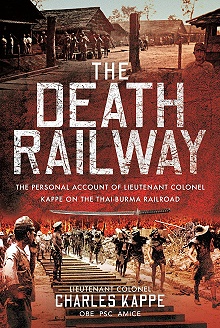 | The Death Railway: The Personal Account of Lieutenant Colonel Kappe on the Thai-Burma Railroad by Charles Kappe They had faced the indignity of surrender and the squalor of Changi prison, so the spirits of the British and American troops lifted when they were told that they would be transferred to another healthier location where conditions would be more benign and food far more abundant. A total of 7,000 men, approximately half British and half Australian, were to be moved, the men being told that they would not be compelled to work. As there were not that number of fit men at Changi, many weak and unwell soldiers formed part of the group that was designated ‘F’ Force. https://amzn.to/3zu1E4C |
RETURN TO: Complete Guide to the Death Railway

